CA Final SCPM is actually SPOM set B subject which students have to pass before actually appearing for CA Final exams. These exams are MCQ based and are to be given in exam centres. ICAI Syllabus Portal Link MODULE 1(CA Final SCPM): STRATEGIC COST MANAGEMENT ObjectiveA. To acquire the ability to apply various cost management techniques for planning and controllingperformance in order to set, monitor and control strategic objectives. B. To develop skills of analysis, synthesis and evaluation in cost management to address challenges andissues that might affect or influence the management of performance within organisations. PART A 1. STRATEGIC COST MANAGEMENT i An Introduction to Strategic Cost ManagementManaging Cost Strategically: Strategic Cost Management, Limitations of Traditional CostManagement: Traditional vs. Strategic Cost Management ii Organizational Context: Gaining Competitive Advantage, Value Proposition, Osterwalder’sBusiness Model Canvasiii External Environment Context: Industry Profitability, Basis of Competition, Industry Key SuccessFactors, Understanding Customers and Marketsiv Information Technology: Strategic Context- (IS/IT) and Porter’s Five Forces (IT/IS) and the ValueChainThe Role of Management Accountant as a Leader: Communication, Decision Making, and BusinessEthics Modern Business Environment i Introduction and Characteristics of the Modern Business Environmentii Quality to Business Excellence: Cost of Quality, Total Quality Managementiii Supply Chain Management (SCM)IV. Gain Sharing ArrangementsDownsizing, Outsourcing and Offshoring 3 Lean Systems and Innovation Introduction to Lean SystemJust-in-Time (JIT)Kaizen Costingc 5STotal Productive Maintenance (TPM)Cellular Manufacturing/One-Piece Flow Production SystemsSix Sigma (SS) 4 Specialist Cost Management Techniques: i Cost Control/ Waste Control, Cost Reductionii Target Costingiii Throughput Accounting and Theory of Constraintsiv Life Cycle CostingEnvironment Management Accounting 5: Management of Cost Strategically for Emerging Business Models: Changing Business Environment: Digital Technologies, Business Ecosystems, and HypercompetitionTransformation and Disruption, Advanced Manufacturing, Lean Start-up, Agile Organisations,Start-ups vs Incumbents, Intrapreneurship, Innovation Hubs and Incubators, Supply ChainPartnerships ii. Business Models hyper-disruptive Business Modelsb Models relevant to SustainabilityModels relevant to Emerging National Markets iii. Strategic Responses to New Business Models 6 Strategic Revenue Management: Decision-Making Techniquesa CVP AnalysisRelevant Cost Concept ii. Pricing Decisions: a. Theory & Principles of Product Pricing b . Pricing: New Product, Finished Products, Pricing of Services, Emerging Business Models c. Sensitivity Analysis in Pricing Decisions Pricing Decision under Special CircumstancesEthical and Non-financial Considerations iii. Pricing Strategies: Pricing StrategiesKano’s performance attributes 7 Strategic Profit Management: Operating Profit Analysisii. Activity-Based Profitability Analysis, Activity-Based Management (ABM), Activity-Based Budgeting(ABB)iii Pareto Analysis MODULE 2(CA Final SCPM): STRATEGIC PERFORMANCE MANAGEMENT An Introduction to Strategic Performance Management; i Performance Management and Its link to Strategyii Role of Performance Management in Business Integration using Models such as Value Chain andMcKinsey’s 7Siii Influence of an Organization’s Structure, Culture and Strategy on Performance Measurementiv. Strategic Performance Issues in Complex Business Structuresv Behavioural AspectsPredicting and Preventing Corporate Failure 2 Strategic Performance Measures in the Private Sector: i Critical Success Factors and Link to Performance Measurement, Key Performance Indicators (KPI)ii Financial Measures: Gross Profit, ROCE, ROI, EPS, RI, NPV, EVA, etc.iii Non-Financial Performance Measures: Linkage between performance measures (BalancedScorecard); Link Strategy, Operations and Performance (Performance Pyramid); Link betweenachievement of the corporate strategy and the management of human resources (The BuildingBlock Model); Triple Bottom Lineiv. The role of quality in management information and performance measurement systems 3 Strategic Performance Measures in Not-for-Profit Organizations: i Diversity in objectives, difficulties in measuring outputsii. ‘value for money’ service provision as a measure of performance in not-for-profit organisationsand the public sectoriii Adapted Balanced Scorecard 4: Preparation of Performance Reports 5 Divisional Transfer Pricing: I Meaning, Purpose & Principles of Transfer Pricingii Methods of Transfer Pricingiii. The behavioral Consequences arising from Divisional Structuresiv. International Transfer Pricing 6 Standard Costing: i Variance Investigation Techniques, Interpretation of Variances, Possible InterdependenceBetween Variances and Reportingii Behavioural Aspects of Standard Costing, Limitation of Standard Costing (including its use in thecontemporary business environment Part C: CASE STUDY Covering Course Concepts ii Combination of MCQs and extended response questions General Note-The Strategic Cost & Performance Management exam builds upon the skills and knowledgeexamined in the “Strategic Management” and “Cost and Management Accounting” exams. At thisstage, candidates will be expected to demonstrate an integrated knowledge of the subject andan ability to relate their technical understanding of the subject to issues of strategic andoperational importance to the organisation. ii. Basic Applications of the following Quantitative Techniques are required to be studied for linkageprogramming to the course concept: (a) linear programming; (b) learning curve/experience curve. To enroll to the most updated classes for CA Final SCPM by Parag Gupta sir.Click here SPOM set B is also called CA Final SCPM and this course includes CA Final IBS(SCPM portion) too. The best part is it’s validity which is for 3 years. Enroll now ! FAQS


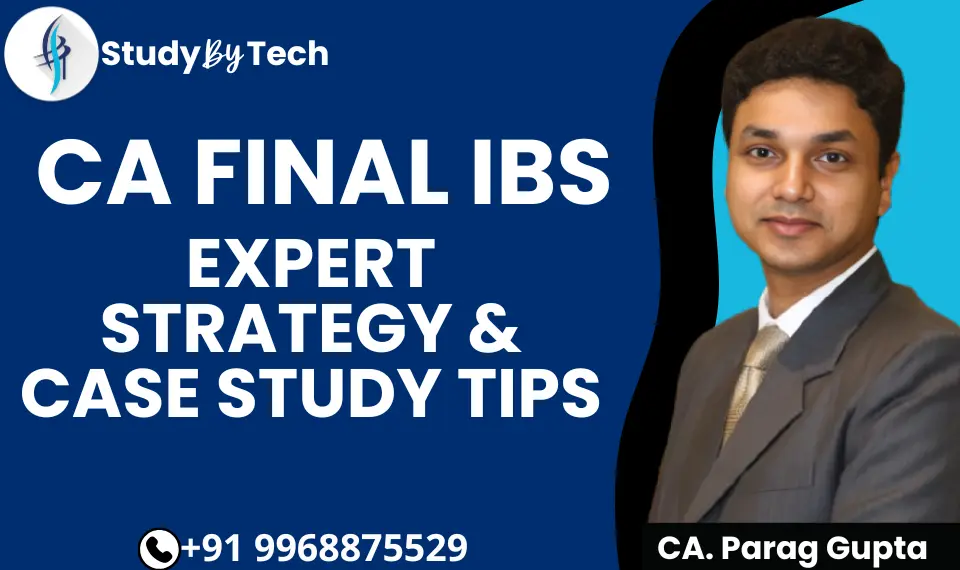
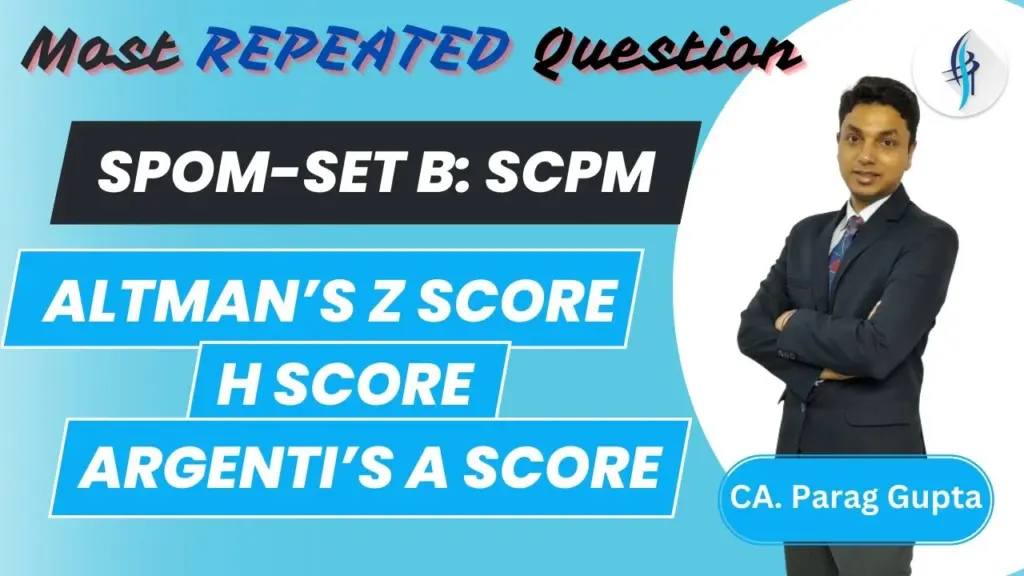
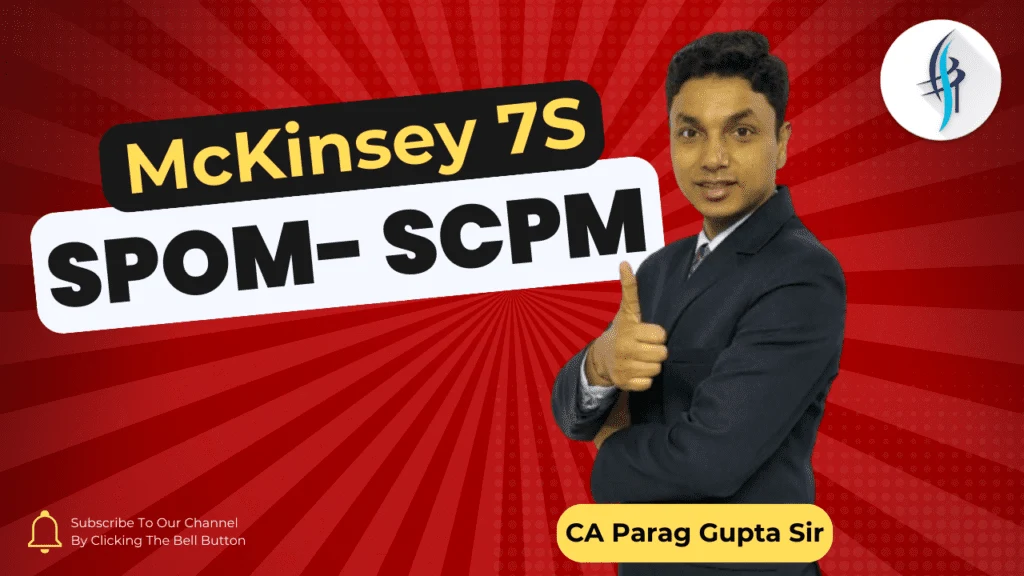
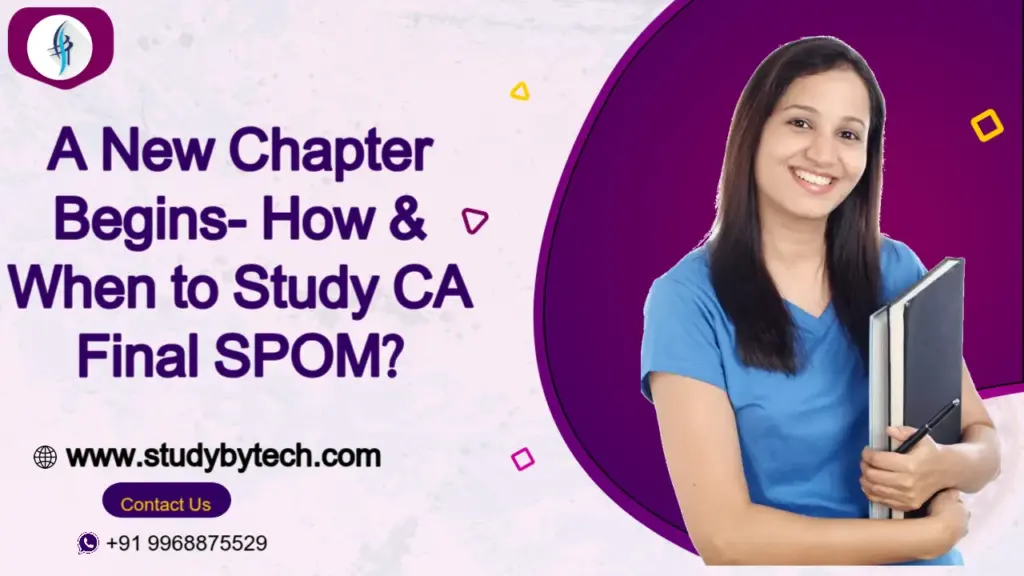
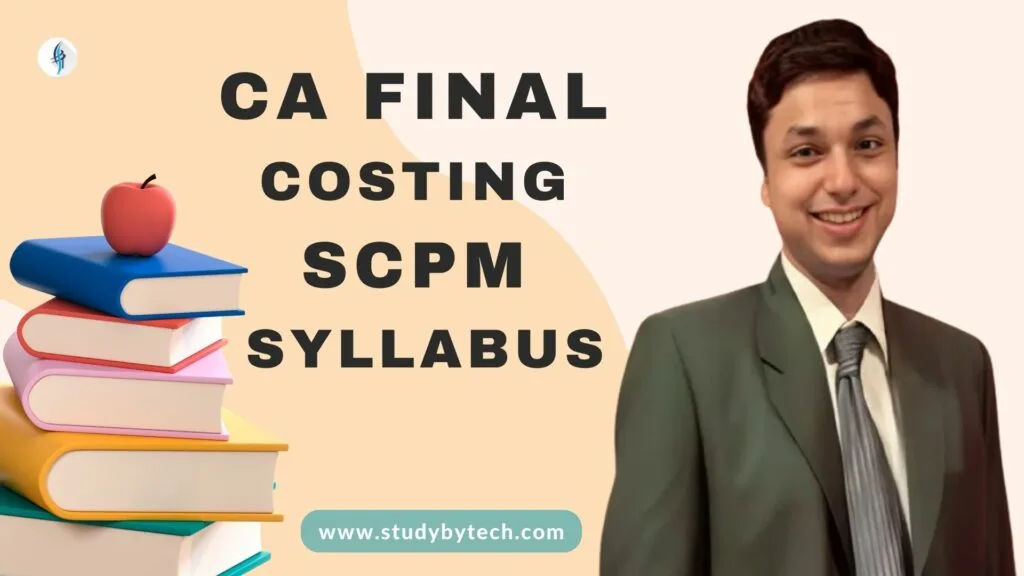
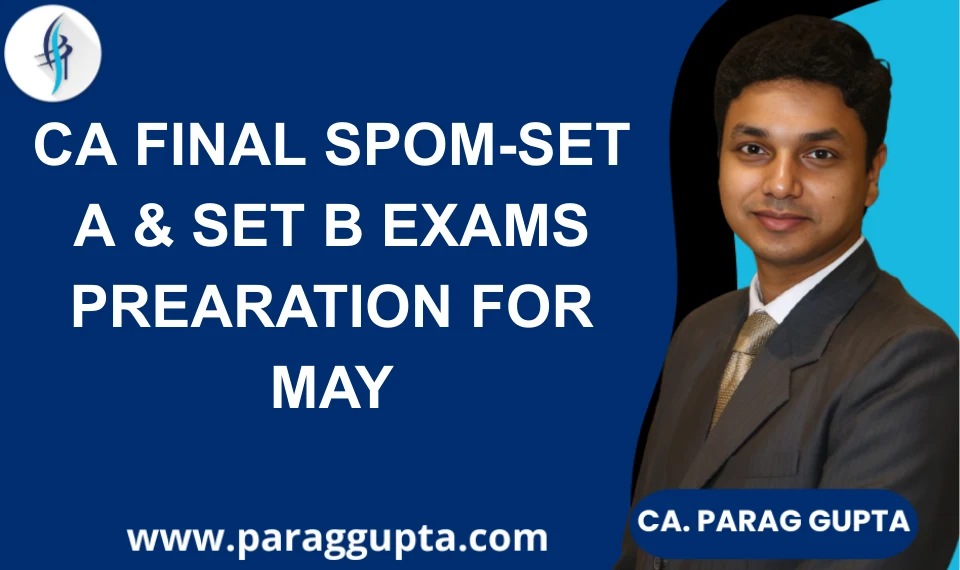
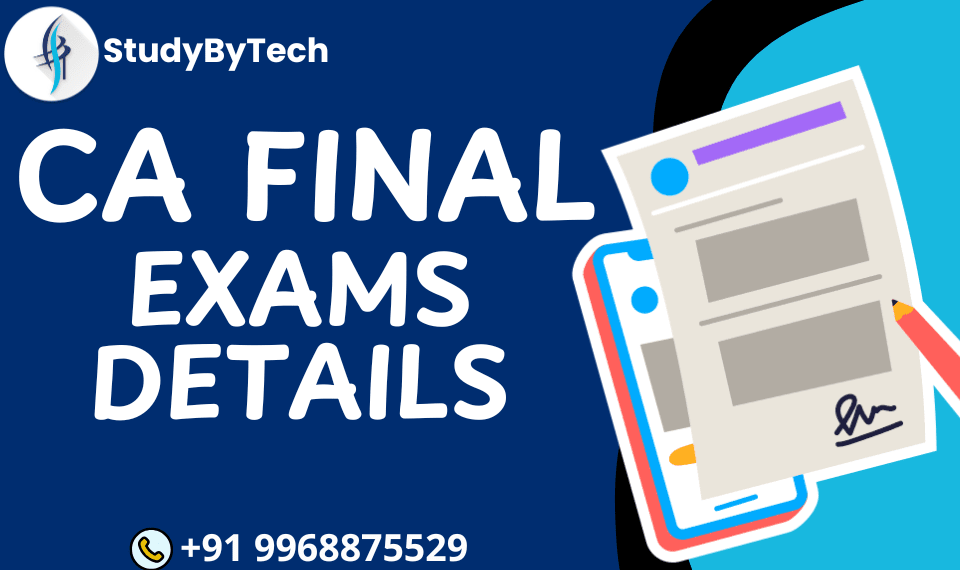
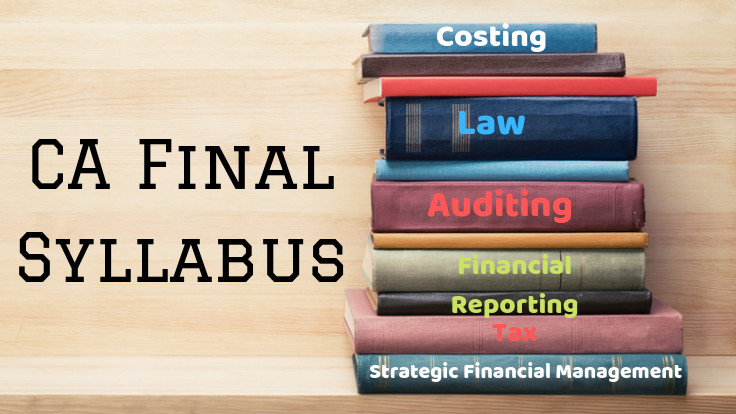
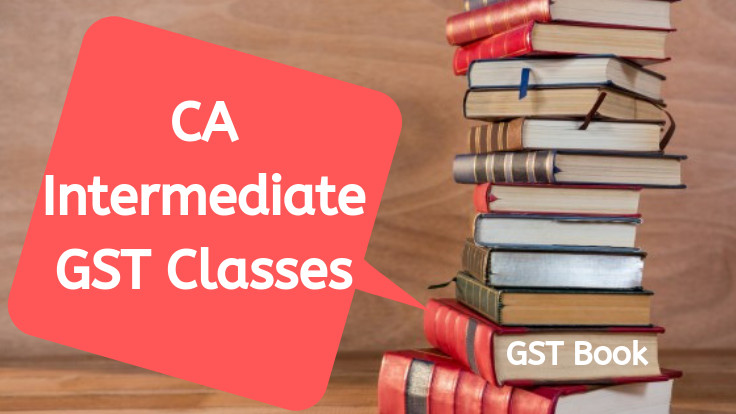
You must be logged in to post a comment.